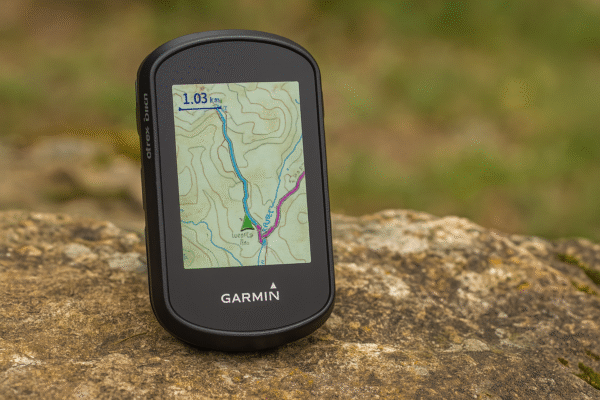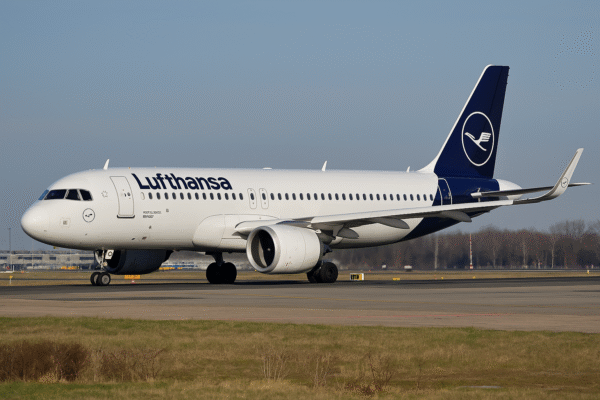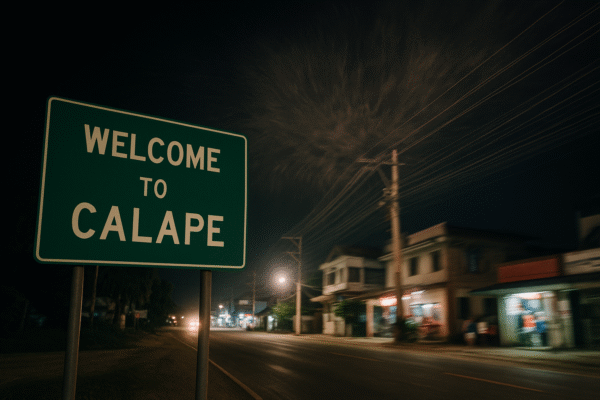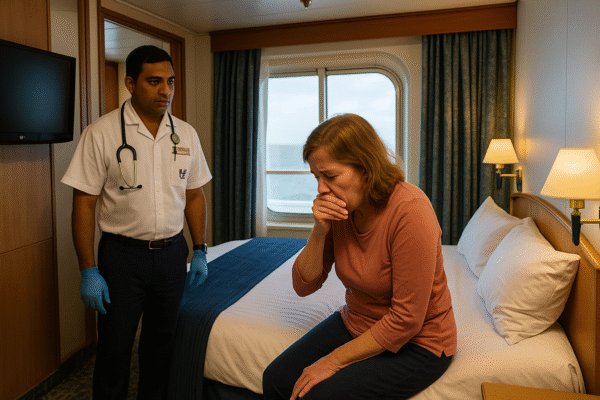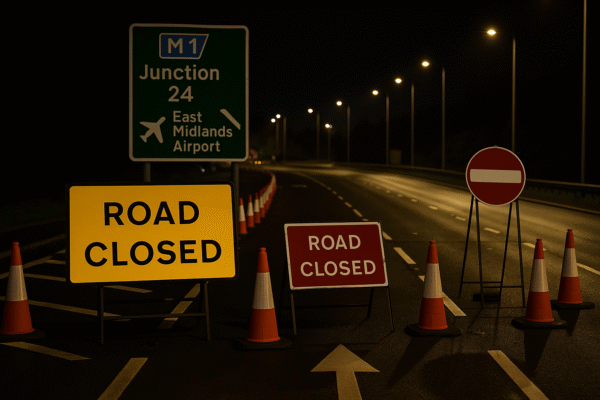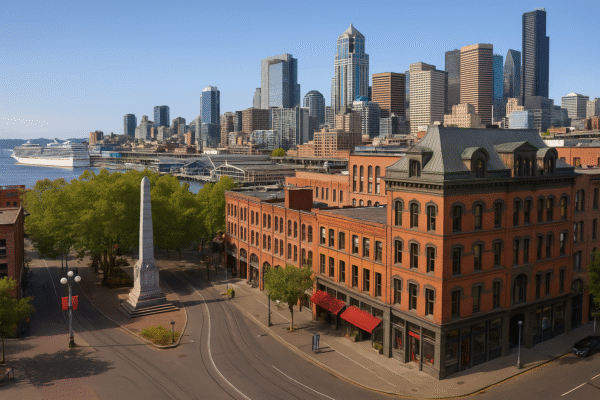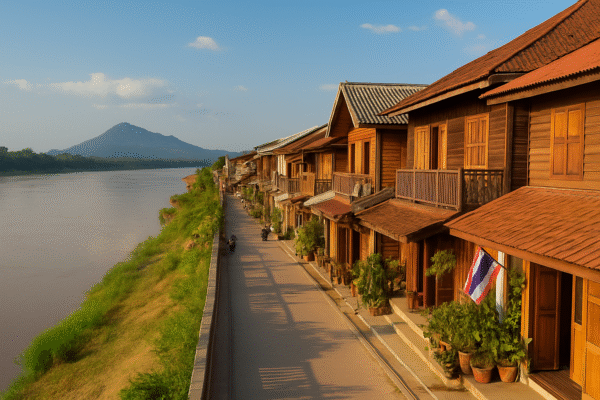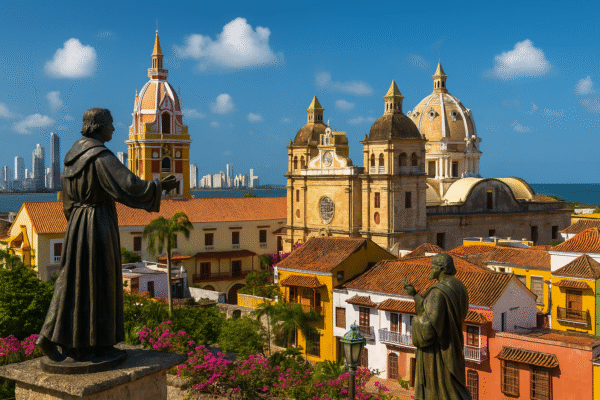India’s Act East Policy is changing the way the country connects with Southeast Asia. A key highlight is the new Bairabi-Sairang railway line in Mizoram, inaugurated by Prime Minister Narendra Modi. With this, Mizoram officially joins India’s railway map.
But this is just the beginning. The line will soon extend to the Indo-Myanmar border. From there, it will connect with the Kaladan Multi-Modal Transit Project (KMTTP) and the Sittwe Port in Myanmar. For the first time, Mizoram will have a direct sea route. The North East, once landlocked, will finally open to global waters.
Rail and Sea Working Together
The Kaladan Project is the backbone of India’s Act East Policy. It links sea, river, road, and rail. Goods can move from Kolkata to Sittwe Port by ship, then travel along the Kaladan River to Paletwa in Myanmar, and finally reach the Indo-Myanmar border by road. From there, Indian railways will carry them deeper into the North East.
This setup cuts both time and costs. Transport that now takes several days will take just two. For North East India, this means faster delivery of essentials and better access to markets. For traders, it reduces expenses and increases competitiveness.
Bairabi-Sairang Line: A Gateway to Myanmar
The new Bairabi-Sairang line is more than a local project. It is a link to the world. Once extended to Zorinpui, the border point with Myanmar, it will connect directly with the Kaladan corridor.
This will allow Mizoram’s farmers, entrepreneurs, and artisans to send their products abroad. It also makes tourism easier. Visitors can enter Mizoram by rail and continue their journey into Myanmar. The line opens doors for cultural exchange, eco-tourism, and new jobs.
Sittwe Port: A Strategic Hub
The Sittwe Port is the jewel of the Kaladan Project. Built with Indian support, it sits in Myanmar’s Rakhine State and can handle ships of up to 20,000 tons. The port gives India’s North East direct access to the Bay of Bengal.
For states like Mizoram, Tripura, and Manipur, this is a game changer. Goods from Kolkata to Agartala or Aizawl can now move faster and at nearly half the cost. The route also eases pressure on the narrow Siliguri Corridor, the lifeline that connects the North East to the rest of India.
Boosting Trade and Local Economies
The Kaladan Project is not only about transport. It also creates space for new business. Plans are underway to develop a Special Economic Zone (SEZ) near Sittwe. The SEZ will cover 1,000 acres at Ponnagyun Township and focus on trade, agriculture, and manufacturing.
This will attract investors from ASEAN countries and create jobs for locals. Farmers and small businesses will find new markets. Tourism operators can design cross-border experiences for international travelers.
Strategic Balance in the Region
The project also carries geopolitical weight. China has expanded its presence in Myanmar through the Belt and Road Initiative (BRI). India’s investment in Sittwe and the Kaladan corridor counters this influence. It ensures that the North East connects not just to mainland India but to Southeast Asia as well.
By strengthening ties with Myanmar, India secures an alternative trade route and increases its role in regional security. The Kaladan corridor is not just economic—it is also strategic.
Historical and Cultural Roots
The connection between India’s North East and Myanmar runs deep. During the 19th century, Burmese invasions left a strong imprint on Assam and other North Eastern states. Many Assamese families taken during that time still live in Myanmar’s Rakhine region today.
The Sittwe Port and new rail lines help revive these shared links. They encourage cultural exchange, tourism, and community ties across borders. This makes the project more than infrastructure—it becomes a bridge of history and heritage.
Opportunities for Tourism
Tourism stands to gain as much as trade. Travelers will be able to move easily between Mizoram and Myanmar. Scenic routes along the Kaladan River, cultural sites in Rakhine, and eco-tourism in Mizoram can be linked into one journey.
Tour operators are preparing itineraries that combine Indian and Myanmar destinations. This will attract both domestic and international visitors looking for authentic, offbeat experiences. For the North East, tourism can become a major source of income.
Looking Ahead
The Act East Policy is no longer just a policy on paper. It is visible in the tracks, bridges, and ports now under construction. The Bairabi-Sairang line, Sittwe Port, and the Kaladan corridor together form the backbone of a new economic order for the North East.
With 69 new bridges, extended roads, and railway expansion, the region is on its way to global integration.
Conclusion: Act East in Motion
India’s Act East Policy is bringing real change. The India-Myanmar railway link, the Kaladan Project, and Sittwe Port are transforming North East India from a landlocked region into a global gateway.
Trade will grow. Tourism will flourish. Communities will reconnect. And India’s ties with Southeast Asia will strengthen.
The journey has begun, and the tracks now laid in Mizoram lead not only to Myanmar but to a brighter, more connected future for the entire region.
For more travel news like this, keep reading Global Travel Wire


